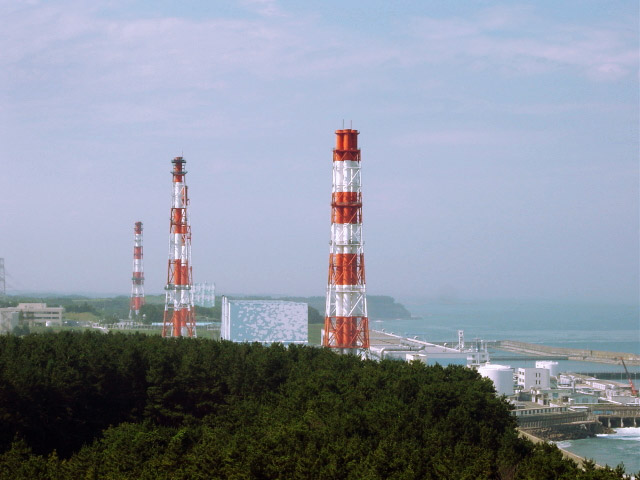TOKYO (Reuters) – Steam is rising from a destroyed building that houses a reactor at Japan’s crippled Fukushima Daiichi nuclear power plant, the operator of the plant, Tokyo Electric Power Co, said on Thursday.
The utility, widely known as Tepco, said the levels of radioactivity around the plant had remained unchanged and it was still looking into what triggered the emission.
“We think it’s possible that rain made its way through the reactor building and having fallen on the primary containment vessel, which is hot, evaporated creating steam,” said Tepco spokeswoman Maymi Yoshida, adding it was still investigating the matter.
Each reactor is surrounded by a primary containment vessel. This is made of strengthened steel four to eight inches thick. It provides the most critical line of defense against leaking radiation from the reactor.
A massive earthquake and tsunami in 2011 killed nearly 20,000 people and set off the world’s worst nuclear crisis in 25 years when the Fukushima plant was destroyed causing reactor meltdowns, hydrogen explosions and leaking radiation into the sea and air.
The steam rising from the reactor No.3 building was spotted at 8:20 am (2320 GMT on Wednesday) by a subcontractor who was filming the destroyed building and preparing to remove rubble from the site. It was still visible some two hours later, Yoshida said.
The latest findings underscore the difficulties Tepco is facing in trying to keep the ravaged plant under control. About a week ago a huge spike in radioactive cesium was detected in groundwater 25 meters from the sea.
The operator has been flushing water over the damaged reactors to keep them cool for more than two years, but contaminated water has been building up at the rate of an Olympic-size swimming pool per week.
In April, Tepco warned it may run out of space to store the water and asked for approval to channel what it has described groundwater with low levels of radiation around the plant and to the sea through a “bypass”. Local fishermen oppose the proposal.
This is a copy of the full article found on Yahoo News











